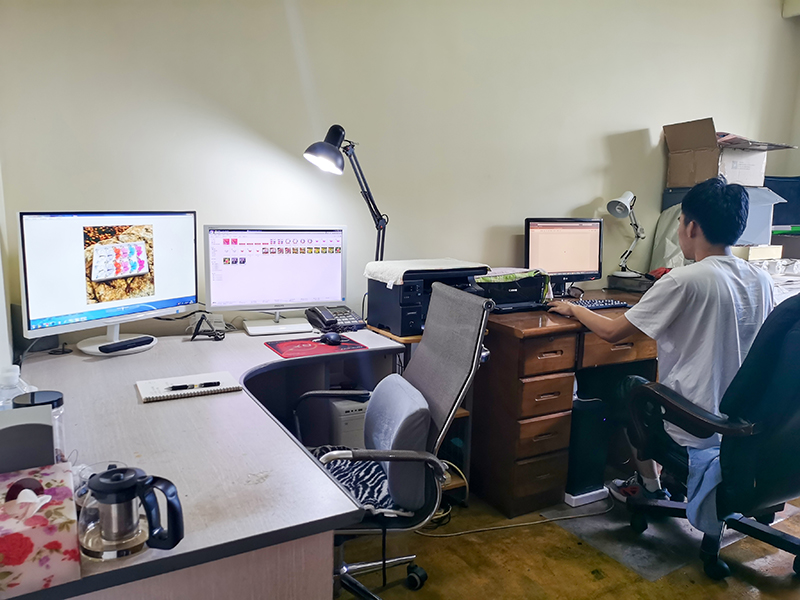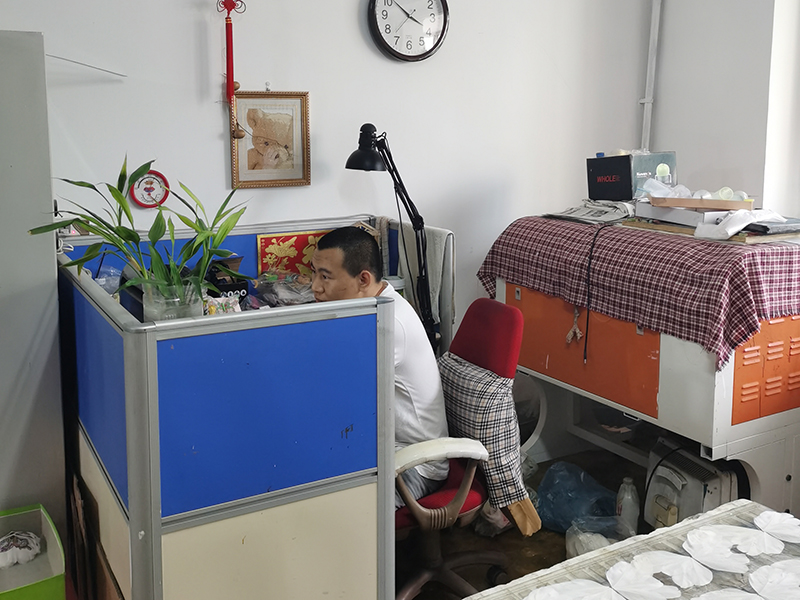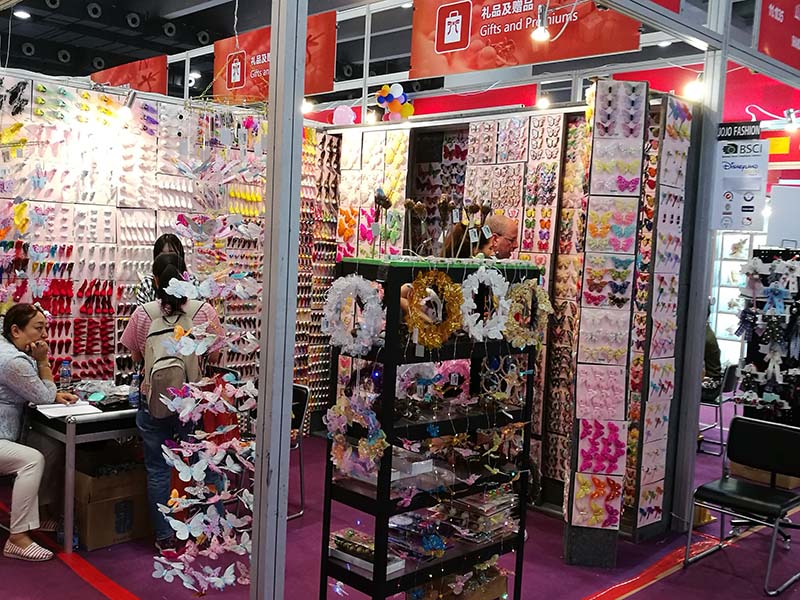On the eve of the UN climate change conference in Copenhagen, a seminar on low-carbon industry development in China was held in Shanghai on December 6th. The Shanghai low-carbon economic development and innovation base was announced. It is reported that Shanghai's low-carbon economic development and innovation base will invest 800 million yuan, and it will build low-carbon economy R&D centers and low-carbon economic and technological product display centers. The holding of the Copenhagen conference and the commitment of governments of various countries, including the Chinese government, on carbon emission reductions indicate that the world is entering the era of low-carbon economy, and the chemical industry is also facing new opportunities and challenges. As one of the important bases for China's petroleum and chemical industries, Shanghai has played its own advantages in the global mobilization of “climate change responseâ€, turning challenges into opportunities and entering “low-carbon economic activities†as it moves forward.
Starting from the industry's own energy conservation and emission reduction, reducing energy consumption and reducing emissions have become the main battlefield of the low-carbon economy. The Shanghai petrochemical and fine chemical industry with an annual output value of approximately RMB 300 billion has achieved energy conservation and emissions reduction among the nation's leading companies through continuous transformation, adjustment and innovation.
Li Guohua, technical director of Shanghai Chemical Industry Development Co., Ltd., said that although China’s per capita carbon emissions are relatively low compared to developed countries, China’s energy consumption per unit of GDP is 3 times that of the United States, 5 times that of Germany, and almost 6 times that of Japan. Great potential for emission reduction. Shanghai Chemical Industry Park put forward the concept of “five integrations†in the early stage of development, inviting and deploying upstream and downstream chains of petrochemical industry, adopting the world’s most advanced technology to organize production, making energy consumption in the chemical industry area, utilization of water resources, and “three wastesâ€. Emissions, etc. have reached the world's leading level, of which 10,000 yuan output value of industrial enterprises have only 0.925 tons of standard coal. Li Guohua, for example, said that the chlorine resource in the chemical industry zone was recycled in the production of multiple products; recently, the entire area of ​​sodium chloride (salt) recycling was being used, saving more than 100,000 tons of raw salt per year; saving water and protecting the environment The construction of the wetland in the Chemical Zone began to show significant results. Recently, the United States E-Dao Company has taken the project into an information piece to promote it at the Copenhagen conference.
Shanghai has been implementing approved projects and nuclear energy consumption systems for many years. At the same time, it has also stepped up the elimination of backward production capacity and backward equipment. This year, more than 630 high-energy-consumption and high-pollution production lines or enterprises have been shut down and transferred. Among them, more than 70 enterprises in the small chemical park in Tangwai Town, Fengxian District will be shut down and relocated, and 51 hazardous chemical projects will be adjusted. Through these measures, Shanghai can save more than 700,000 tons of standard coal this year, achieving the goal of reducing energy consumption by 5% per annum in the first two months of the year, and it is expected to reach 6%.
New materials for chemical industry “diligent†low-carbon economy In the low-carbon economy, the market potential of new energy and energy-saving materials is huge. The director of the Shanghai Municipal Commission of Economics and Management Zhong Hongmin proposed: "Rely on the advantages of Shanghai's scientific and technological innovation, give play to the advantages of advanced raw materials in the Shanghai petrochemical industrial base, and realize the interaction between the chemical industry and the new energy industry, equipment industry, the automobile industry, and the building energy conservation industry. Development is an important path for the development of a low-carbon economy."
Shanghai has proposed long-term plans for the development of renewable energy such as solar and wind energy. It has been estimated that the total reserve of wind energy resources in Shanghai's coastal areas is nearly 60 million kilowatts, and the total installed capacity of wind-buildable power plants is expected to reach 6 million kilowatts. Offshore wind turbines are resistant to strong winds, surges, and salt spray corrosion. Many domestic and foreign chemical companies in Shanghai are fighting material difficulties.
Engineered plastics and new composite materials will make the car “slim†and fuel efficient. Data show that compared with non-chemical products, chemical products can bring about more carbon dioxide emission reduction, emission reduction and emission ratio of 2:1; in all areas identified as carbon emissions reduction, there are 40% Thanks to plastics and insulation. Secretary General of Shanghai Plastics Industry Association, Liu Jingfen, said: “The plastics with high rigidity, high strength, heat resistance, abrasion resistance and light weight can not only reduce the weight of auto parts by about 40%, but also reduce carbon dioxide emissions by about 25 kilograms. They can also make purchases. The cost has been reduced by nearly 40%.†In this year, China’s auto industry became the world’s number one producer, Shanghai’s dozens of engineering plastics companies are hot-working. For example, Shanghai Pulit Composites Co., Ltd. produced more plastics and modified plastic than last year. Nearly doubled.
The concept, technology and practice of a low-carbon economy will be demonstrated at the 2010 Shanghai World Expo. The total installed capacity of solar photovoltaic power generation in the Expo Site will reach 4.7 megawatts. The “China Pavilion†is currently the largest single-building solar roof in China; 1000 clean energy vehicles are put into use inside and outside the Expo site to achieve zero discharge of public transportation. The Urban Best Practice Area will interpret the new eco-residential concept, and will use LED light sources in a centralized manner, with natural light in the Sunshine Valley of the Expo Axis, and a large-scale ecological green wall of 4000 square meters in the theme pavilion.
Strengthen carbon detection to carry out energy-saving transactions To promote a low-carbon economy, multinational chemical companies in Shanghai took the lead. Bayer China recently launched the Bayer China Carbon Footprint project, one of the Bayer Climate Project beacon projects, at its Shanghai integrated production base. This is the first company in China to record, test and control its carbon emissions for all its business activities.
Energy-saving technologies and carbon trading have risen in Shanghai. At present, the explosive growth of the international carbon market, the World Bank predicts that in 2012 the global carbon trading market will reach 150 billion US dollars. Not long ago, Shanghai Jifeng Packaging Paper Co., Ltd. paid a consideration to a clean energy company in Xiamen, cancelled 6,266 tons of carbon emissions, and achieved carbon neutrality. Lin Jian, president of the Shanghai Environmental Energy Exchange, said that the low-carbon economy has promoted the development of alternative energy technologies, promoted the availability of low-carbon products, gave birth to a group of low-carbon companies, triggered a demand for green financing, and formed a new industrial chain. , brought new growth points. According to reports, of the more than 200 projects listed on the Exchange, only 52 projects are for energy-saving and carbon-reduction technologies, with a total of 1.136 billion yuan.
Starting from the industry's own energy conservation and emission reduction, reducing energy consumption and reducing emissions have become the main battlefield of the low-carbon economy. The Shanghai petrochemical and fine chemical industry with an annual output value of approximately RMB 300 billion has achieved energy conservation and emissions reduction among the nation's leading companies through continuous transformation, adjustment and innovation.
Li Guohua, technical director of Shanghai Chemical Industry Development Co., Ltd., said that although China’s per capita carbon emissions are relatively low compared to developed countries, China’s energy consumption per unit of GDP is 3 times that of the United States, 5 times that of Germany, and almost 6 times that of Japan. Great potential for emission reduction. Shanghai Chemical Industry Park put forward the concept of “five integrations†in the early stage of development, inviting and deploying upstream and downstream chains of petrochemical industry, adopting the world’s most advanced technology to organize production, making energy consumption in the chemical industry area, utilization of water resources, and “three wastesâ€. Emissions, etc. have reached the world's leading level, of which 10,000 yuan output value of industrial enterprises have only 0.925 tons of standard coal. Li Guohua, for example, said that the chlorine resource in the chemical industry zone was recycled in the production of multiple products; recently, the entire area of ​​sodium chloride (salt) recycling was being used, saving more than 100,000 tons of raw salt per year; saving water and protecting the environment The construction of the wetland in the Chemical Zone began to show significant results. Recently, the United States E-Dao Company has taken the project into an information piece to promote it at the Copenhagen conference.
Shanghai has been implementing approved projects and nuclear energy consumption systems for many years. At the same time, it has also stepped up the elimination of backward production capacity and backward equipment. This year, more than 630 high-energy-consumption and high-pollution production lines or enterprises have been shut down and transferred. Among them, more than 70 enterprises in the small chemical park in Tangwai Town, Fengxian District will be shut down and relocated, and 51 hazardous chemical projects will be adjusted. Through these measures, Shanghai can save more than 700,000 tons of standard coal this year, achieving the goal of reducing energy consumption by 5% per annum in the first two months of the year, and it is expected to reach 6%.
New materials for chemical industry “diligent†low-carbon economy In the low-carbon economy, the market potential of new energy and energy-saving materials is huge. The director of the Shanghai Municipal Commission of Economics and Management Zhong Hongmin proposed: "Rely on the advantages of Shanghai's scientific and technological innovation, give play to the advantages of advanced raw materials in the Shanghai petrochemical industrial base, and realize the interaction between the chemical industry and the new energy industry, equipment industry, the automobile industry, and the building energy conservation industry. Development is an important path for the development of a low-carbon economy."
Shanghai has proposed long-term plans for the development of renewable energy such as solar and wind energy. It has been estimated that the total reserve of wind energy resources in Shanghai's coastal areas is nearly 60 million kilowatts, and the total installed capacity of wind-buildable power plants is expected to reach 6 million kilowatts. Offshore wind turbines are resistant to strong winds, surges, and salt spray corrosion. Many domestic and foreign chemical companies in Shanghai are fighting material difficulties.
Engineered plastics and new composite materials will make the car “slim†and fuel efficient. Data show that compared with non-chemical products, chemical products can bring about more carbon dioxide emission reduction, emission reduction and emission ratio of 2:1; in all areas identified as carbon emissions reduction, there are 40% Thanks to plastics and insulation. Secretary General of Shanghai Plastics Industry Association, Liu Jingfen, said: “The plastics with high rigidity, high strength, heat resistance, abrasion resistance and light weight can not only reduce the weight of auto parts by about 40%, but also reduce carbon dioxide emissions by about 25 kilograms. They can also make purchases. The cost has been reduced by nearly 40%.†In this year, China’s auto industry became the world’s number one producer, Shanghai’s dozens of engineering plastics companies are hot-working. For example, Shanghai Pulit Composites Co., Ltd. produced more plastics and modified plastic than last year. Nearly doubled.
The concept, technology and practice of a low-carbon economy will be demonstrated at the 2010 Shanghai World Expo. The total installed capacity of solar photovoltaic power generation in the Expo Site will reach 4.7 megawatts. The “China Pavilion†is currently the largest single-building solar roof in China; 1000 clean energy vehicles are put into use inside and outside the Expo site to achieve zero discharge of public transportation. The Urban Best Practice Area will interpret the new eco-residential concept, and will use LED light sources in a centralized manner, with natural light in the Sunshine Valley of the Expo Axis, and a large-scale ecological green wall of 4000 square meters in the theme pavilion.
Strengthen carbon detection to carry out energy-saving transactions To promote a low-carbon economy, multinational chemical companies in Shanghai took the lead. Bayer China recently launched the Bayer China Carbon Footprint project, one of the Bayer Climate Project beacon projects, at its Shanghai integrated production base. This is the first company in China to record, test and control its carbon emissions for all its business activities.
Energy-saving technologies and carbon trading have risen in Shanghai. At present, the explosive growth of the international carbon market, the World Bank predicts that in 2012 the global carbon trading market will reach 150 billion US dollars. Not long ago, Shanghai Jifeng Packaging Paper Co., Ltd. paid a consideration to a clean energy company in Xiamen, cancelled 6,266 tons of carbon emissions, and achieved carbon neutrality. Lin Jian, president of the Shanghai Environmental Energy Exchange, said that the low-carbon economy has promoted the development of alternative energy technologies, promoted the availability of low-carbon products, gave birth to a group of low-carbon companies, triggered a demand for green financing, and formed a new industrial chain. , brought new growth points. According to reports, of the more than 200 projects listed on the Exchange, only 52 projects are for energy-saving and carbon-reduction technologies, with a total of 1.136 billion yuan.
Simulation Oriole garden ornaments decoration Huangli photography props Feather animal Branch Accessories model.Spot special price 3cm Mini feather bird promotion,20-25cm ostrich hair hard pole color high quality ostrich feather scene decoration table lamp ceiling lamp decoration.



Window Goods,Shop Window Video Display,Decor Shop Window Display,Window Cling Craft Kits
Xintong Craft Gift Co.,LTD , https://www.jlxtcraft.com